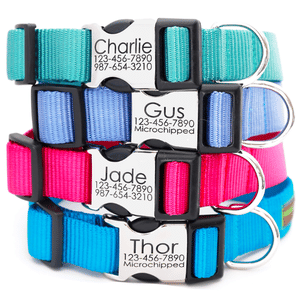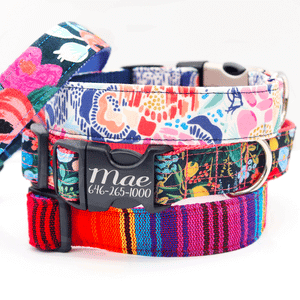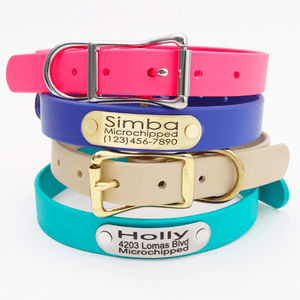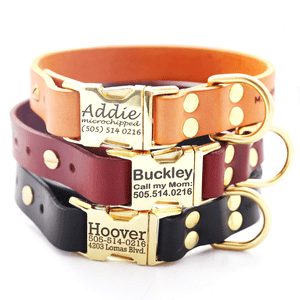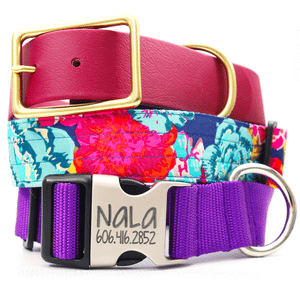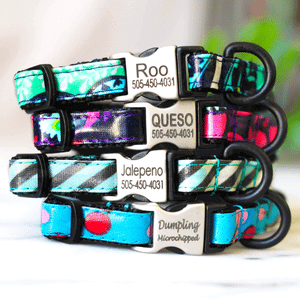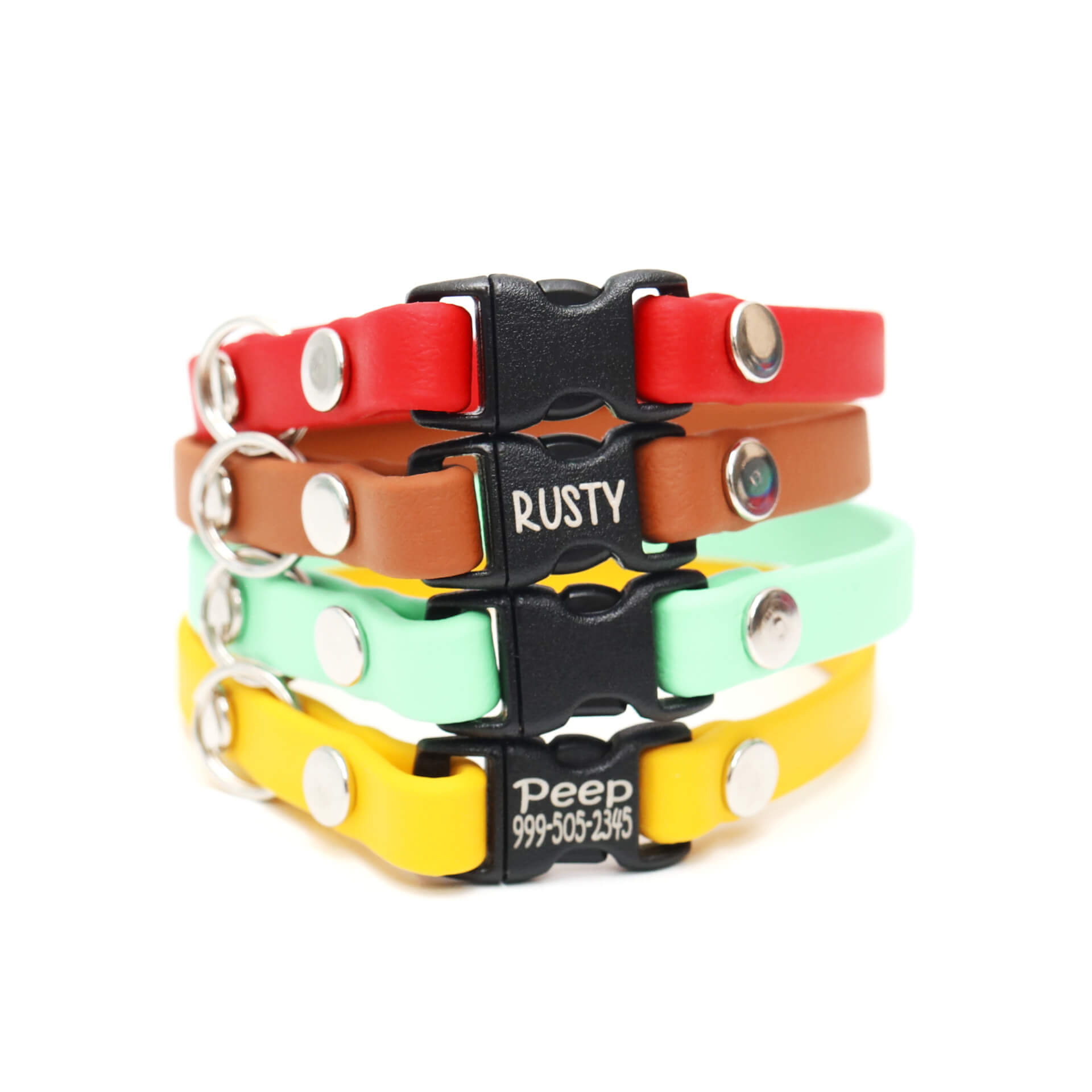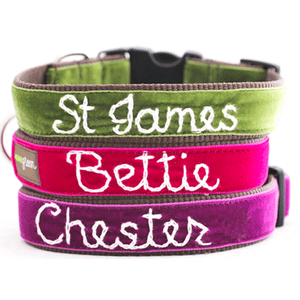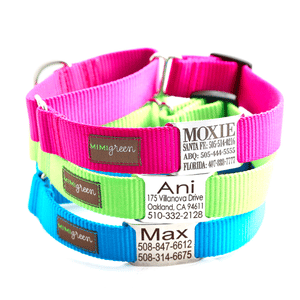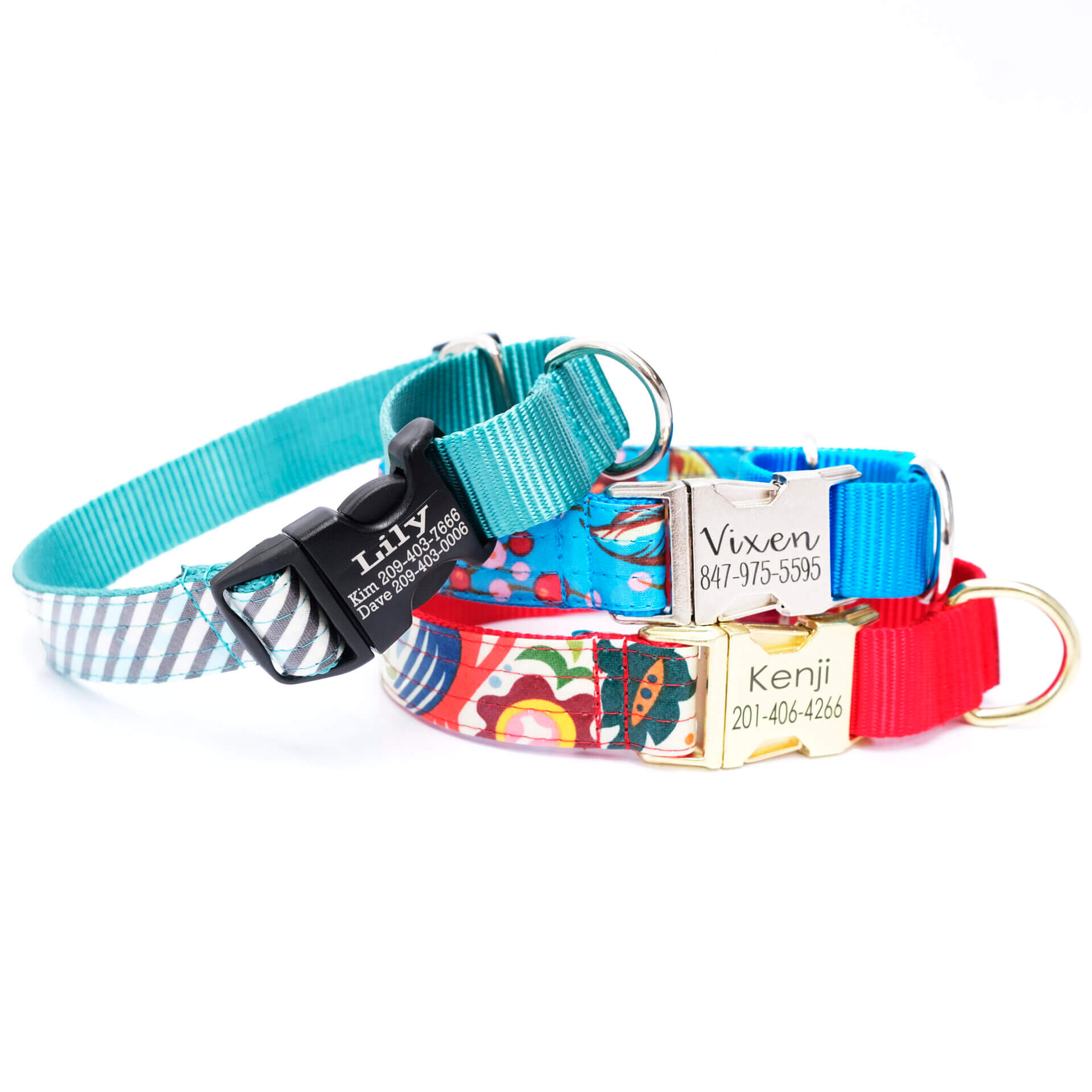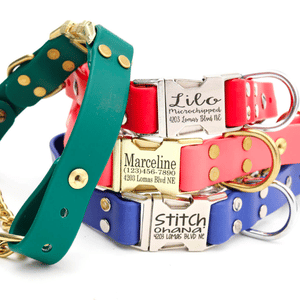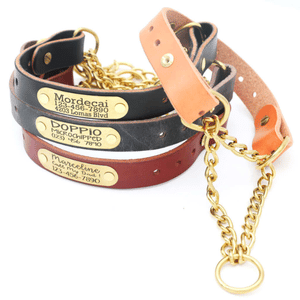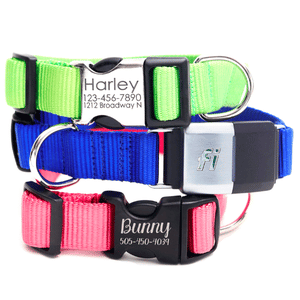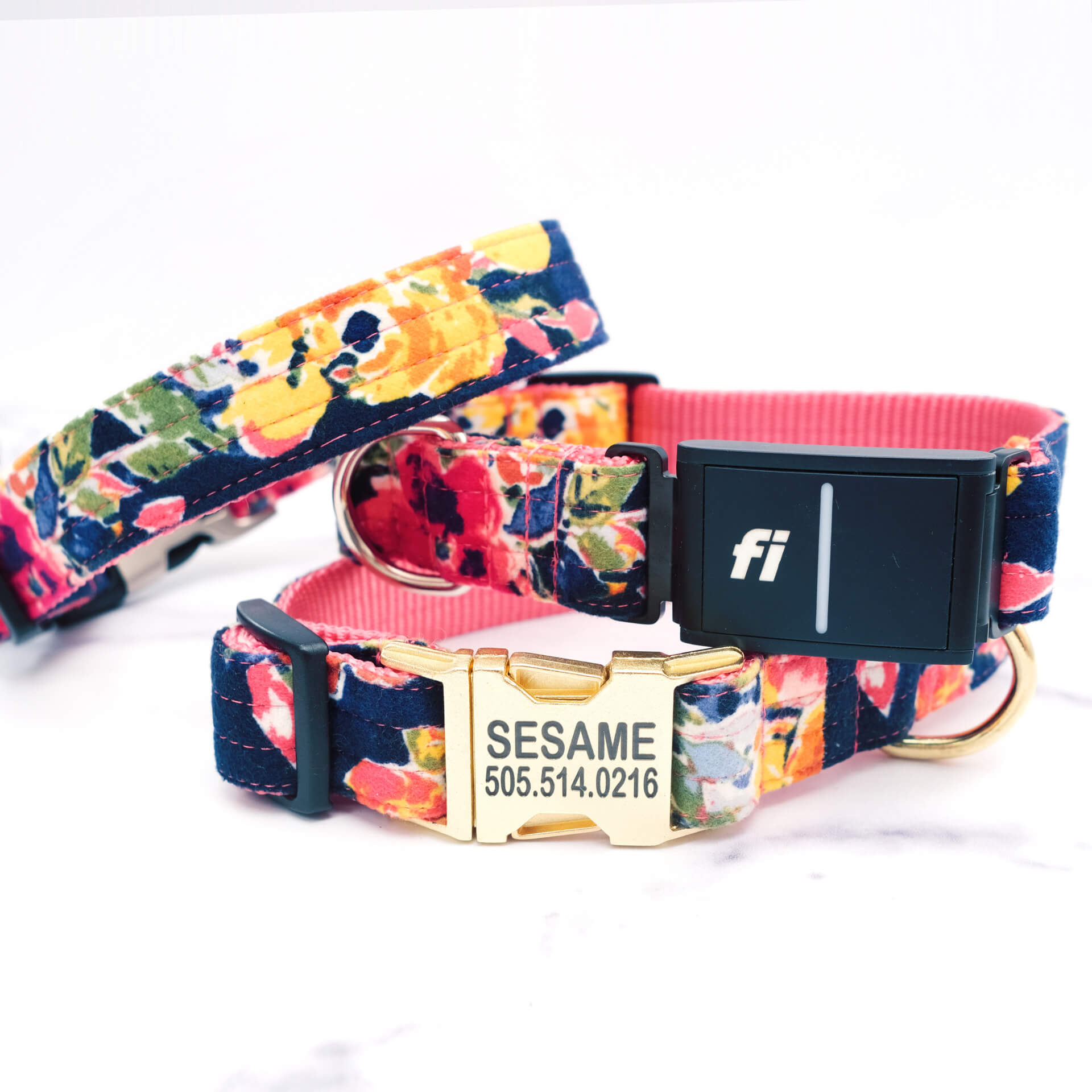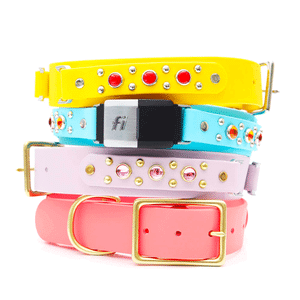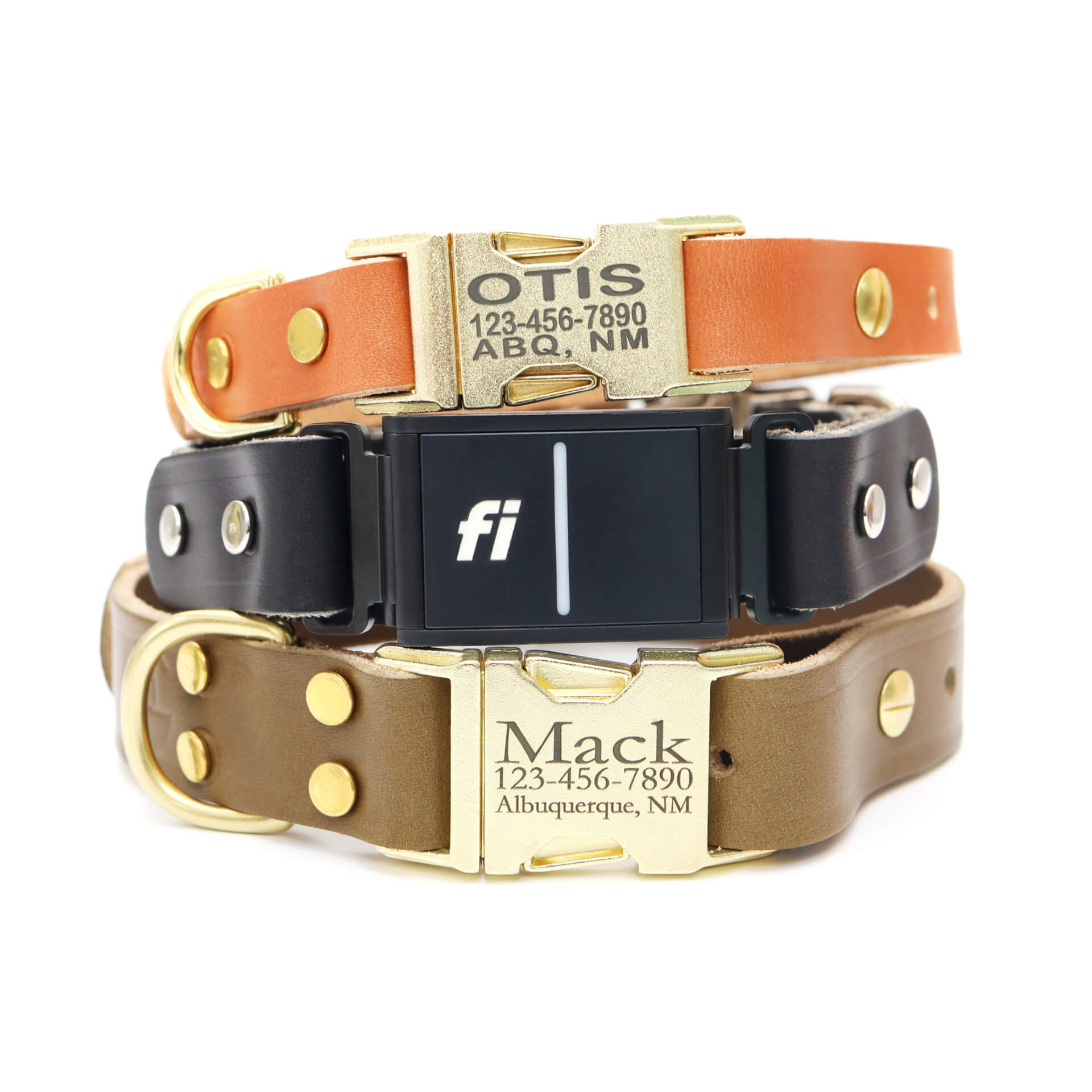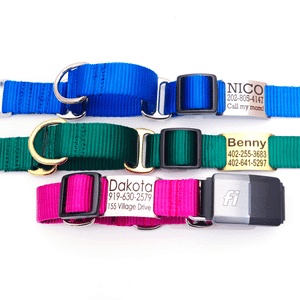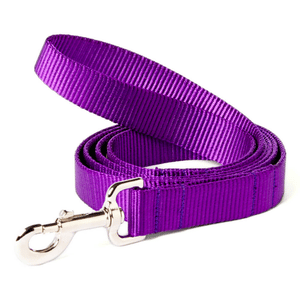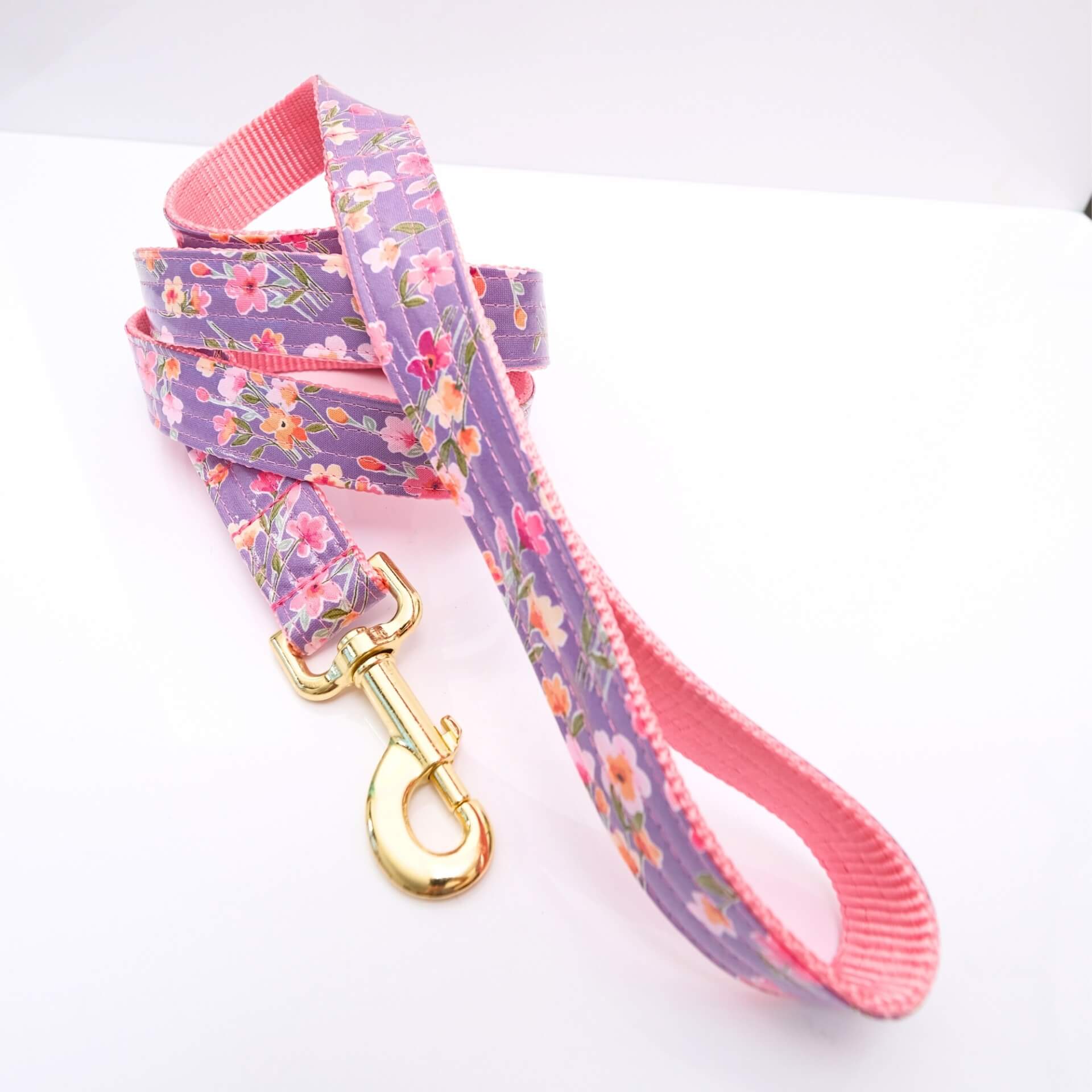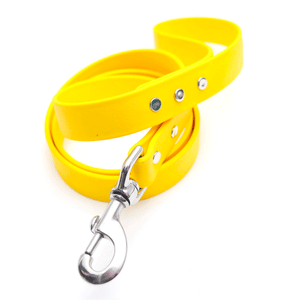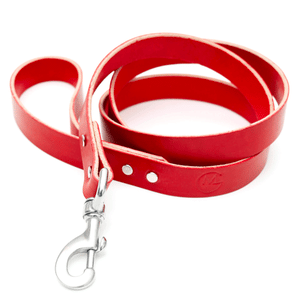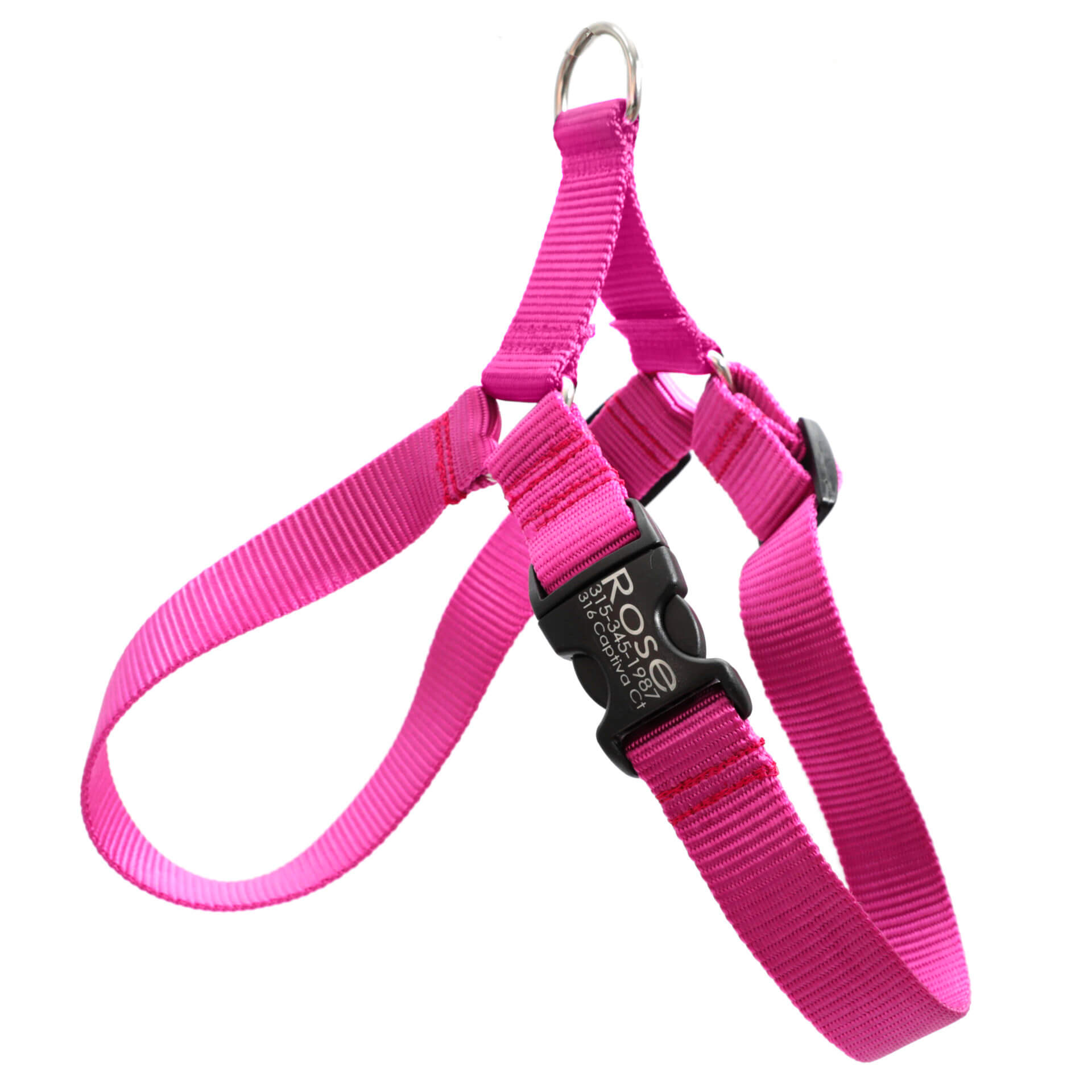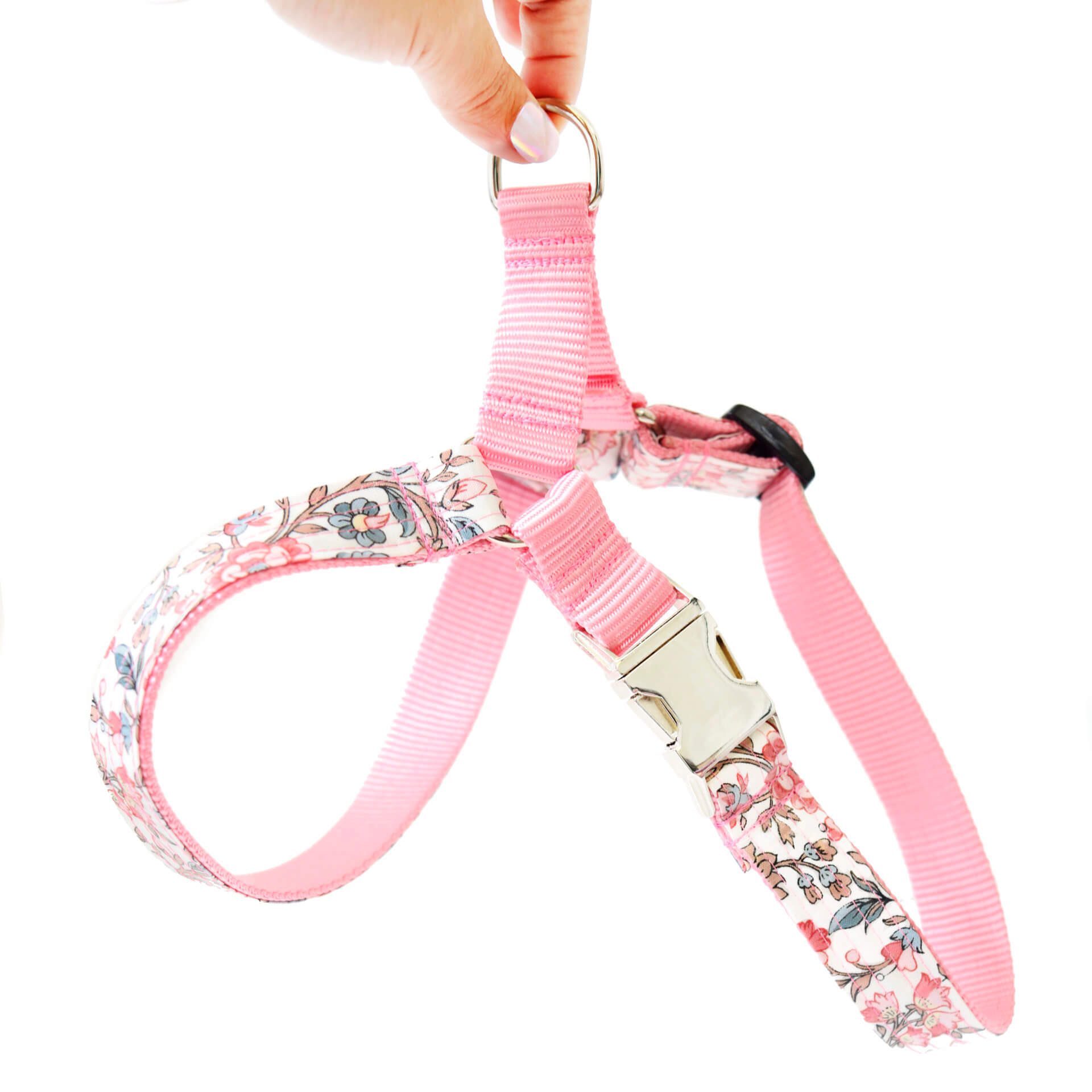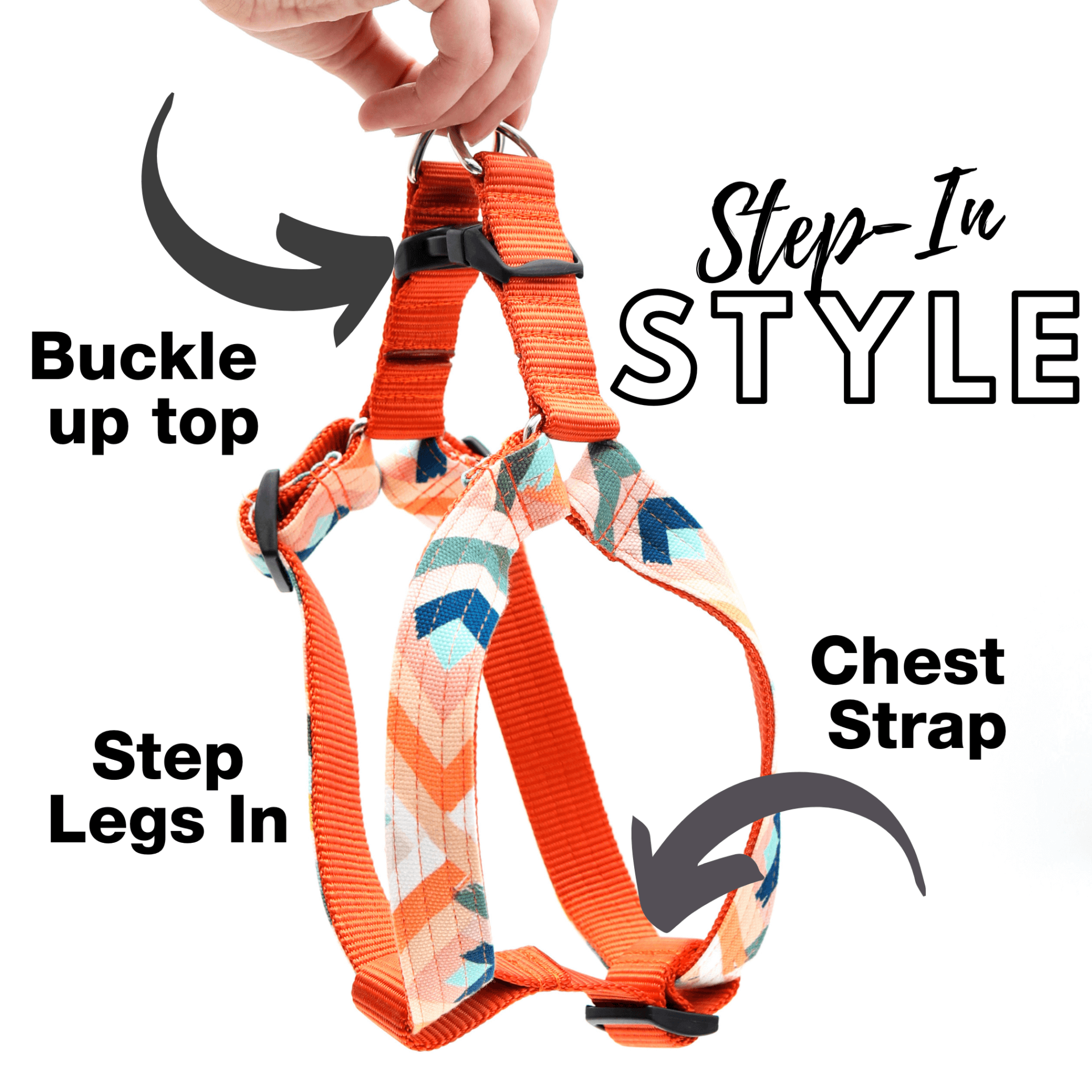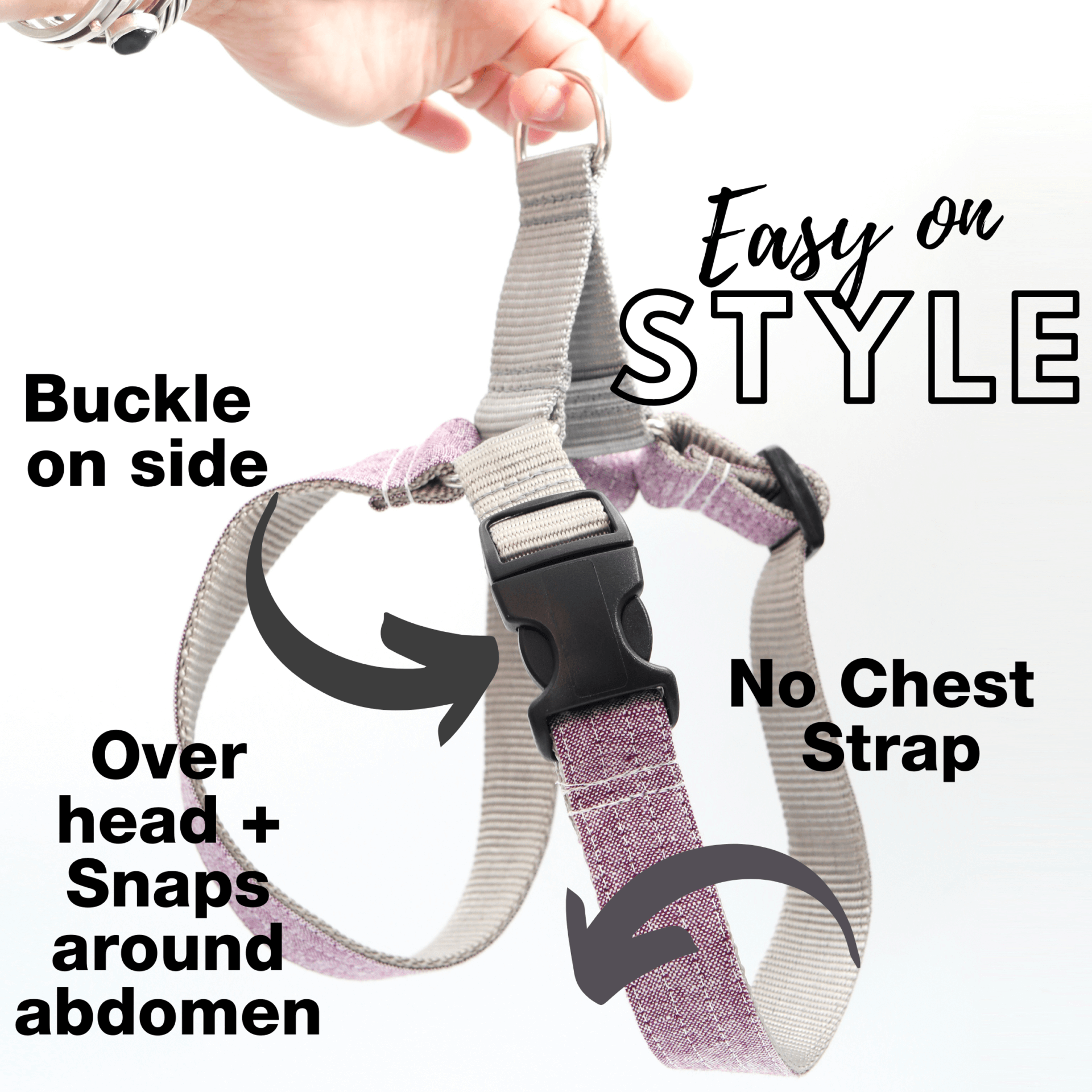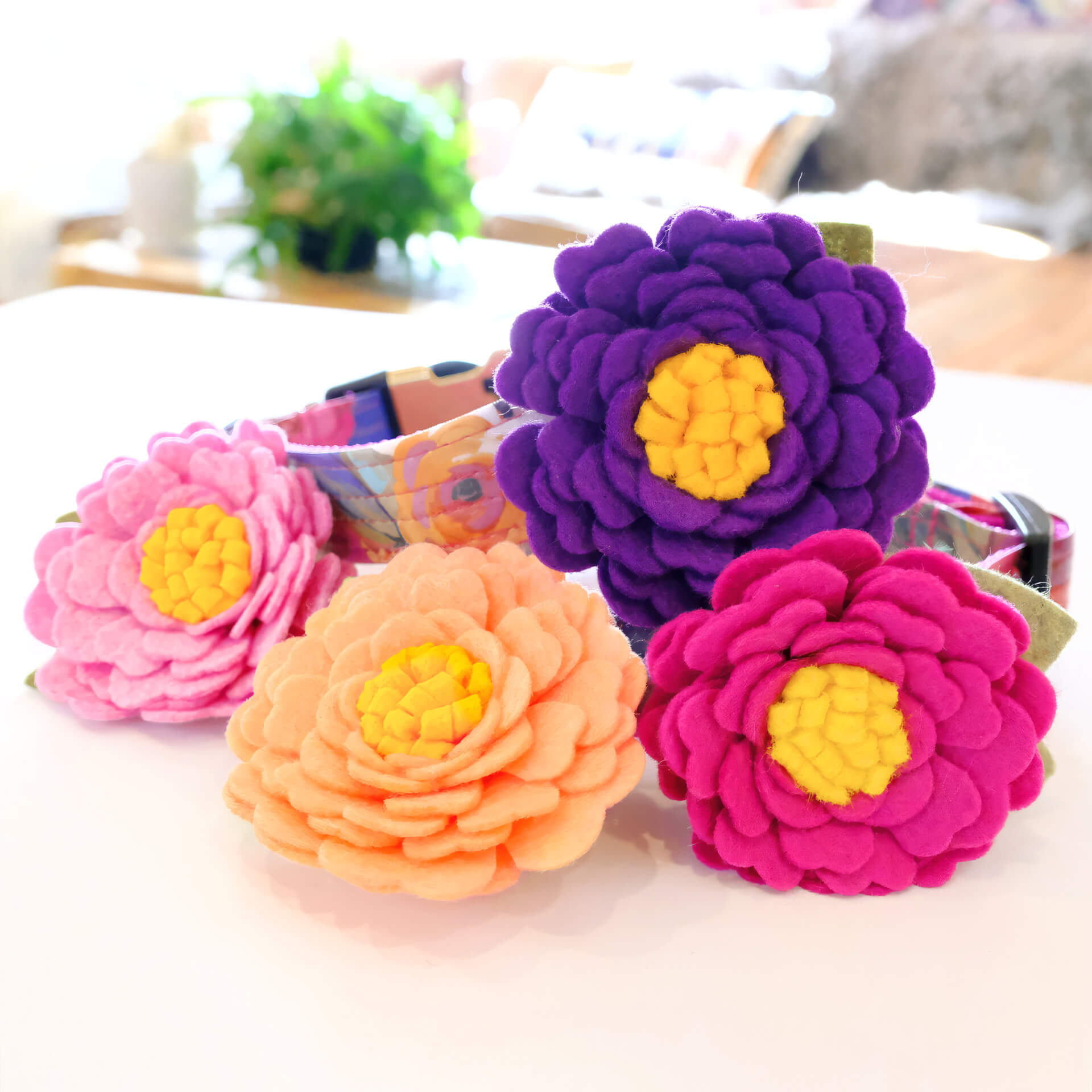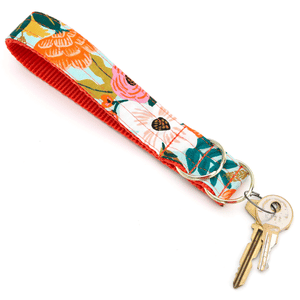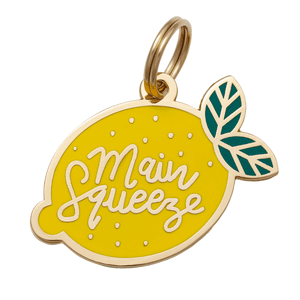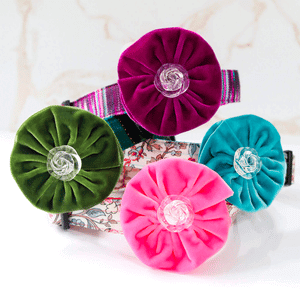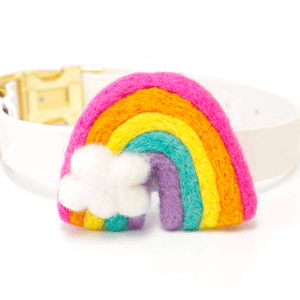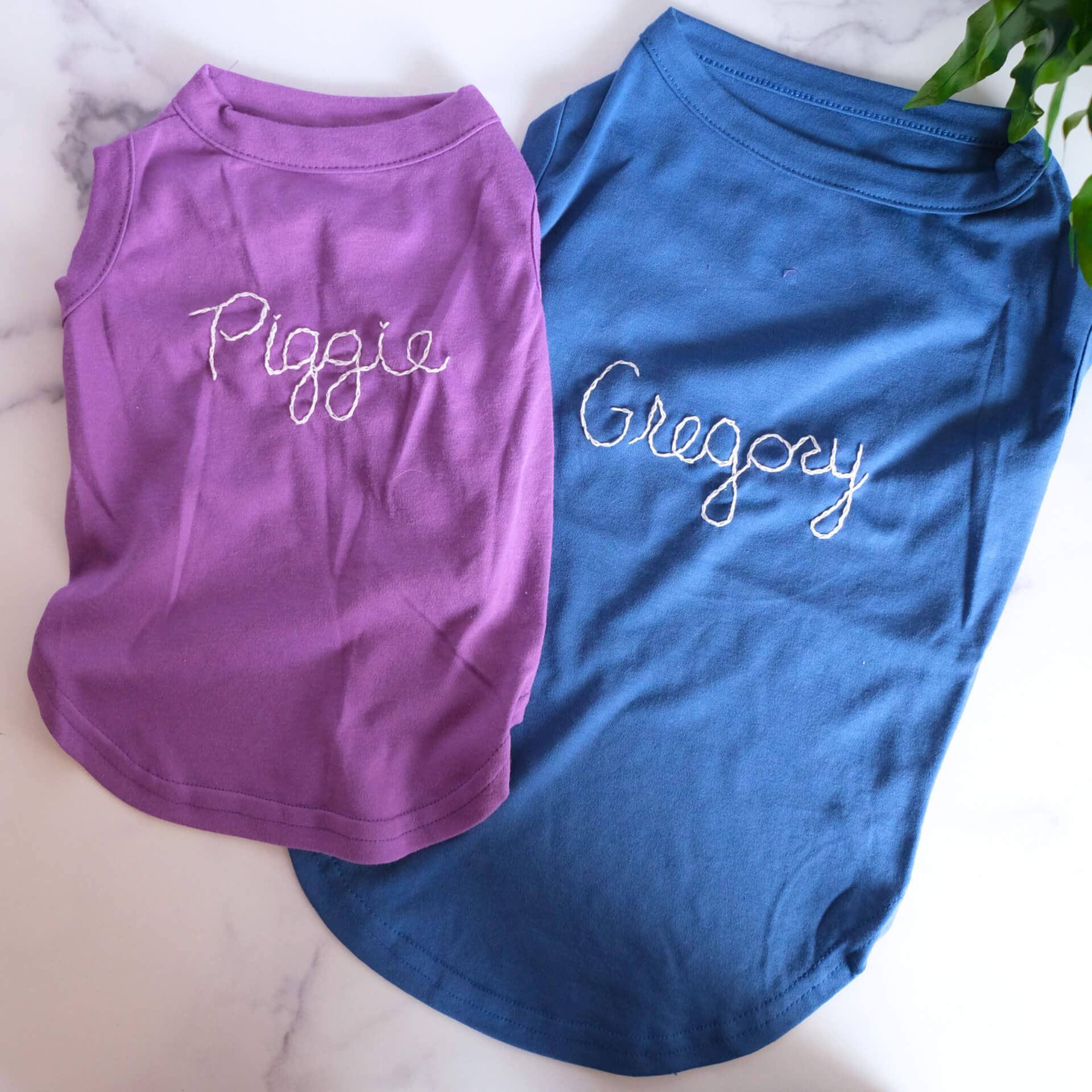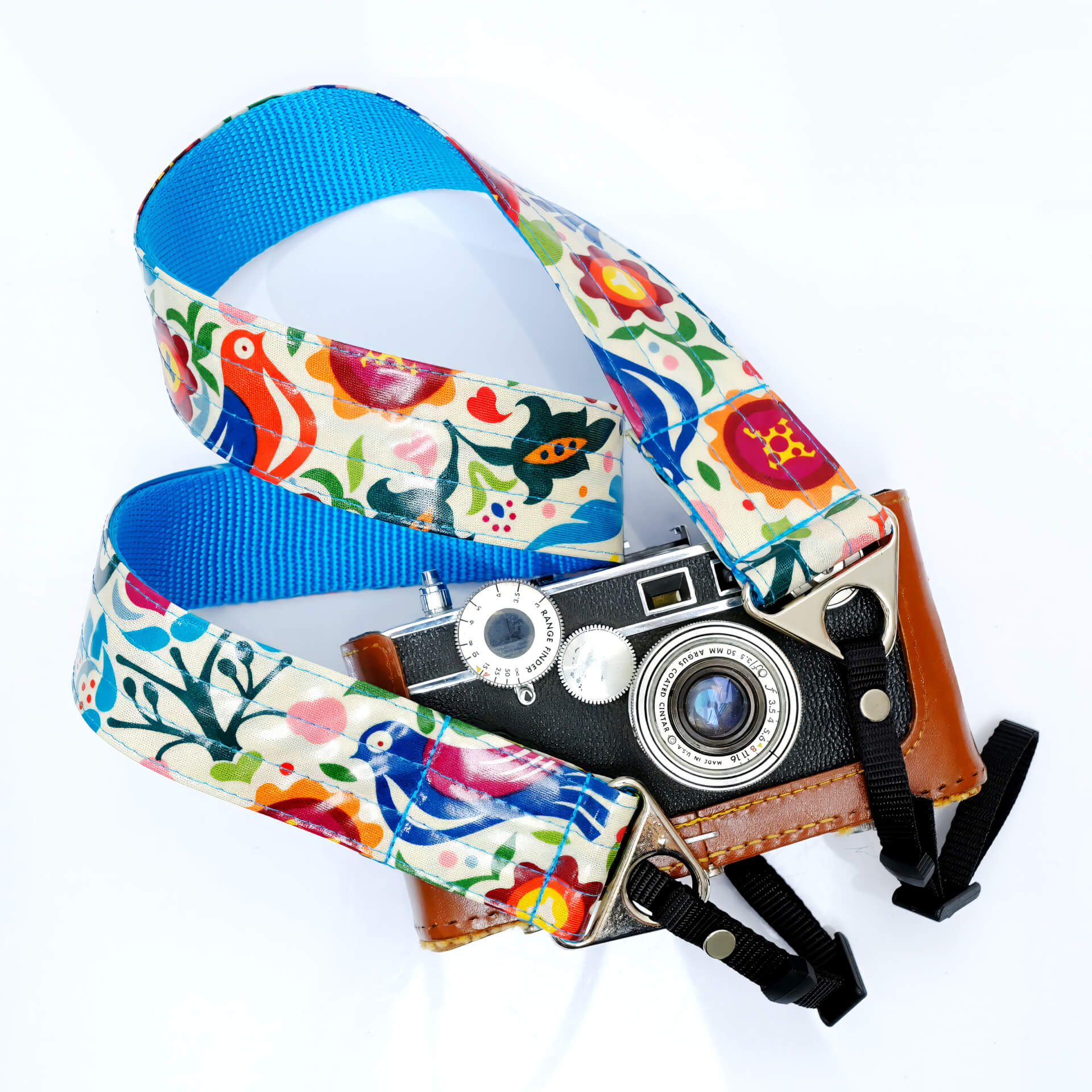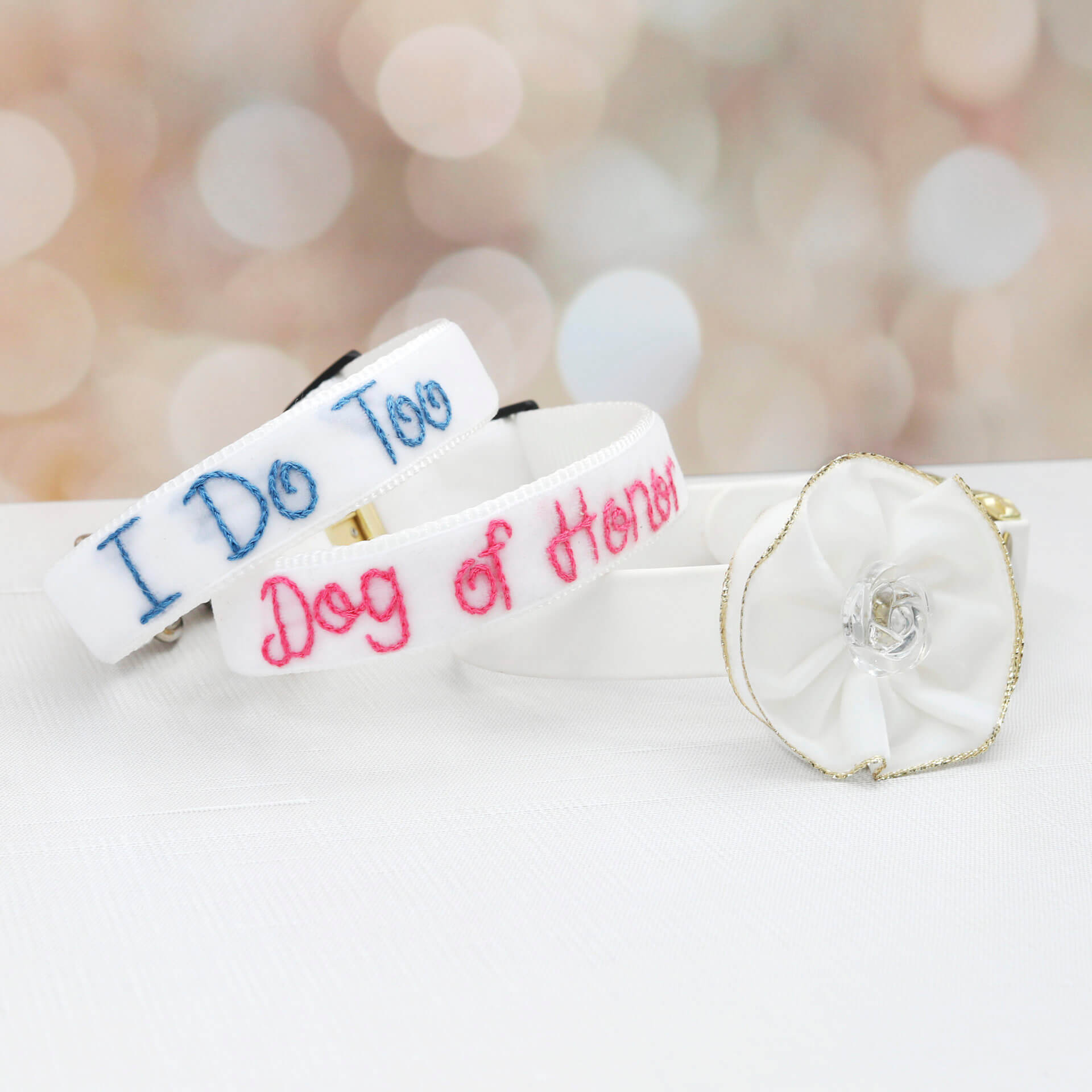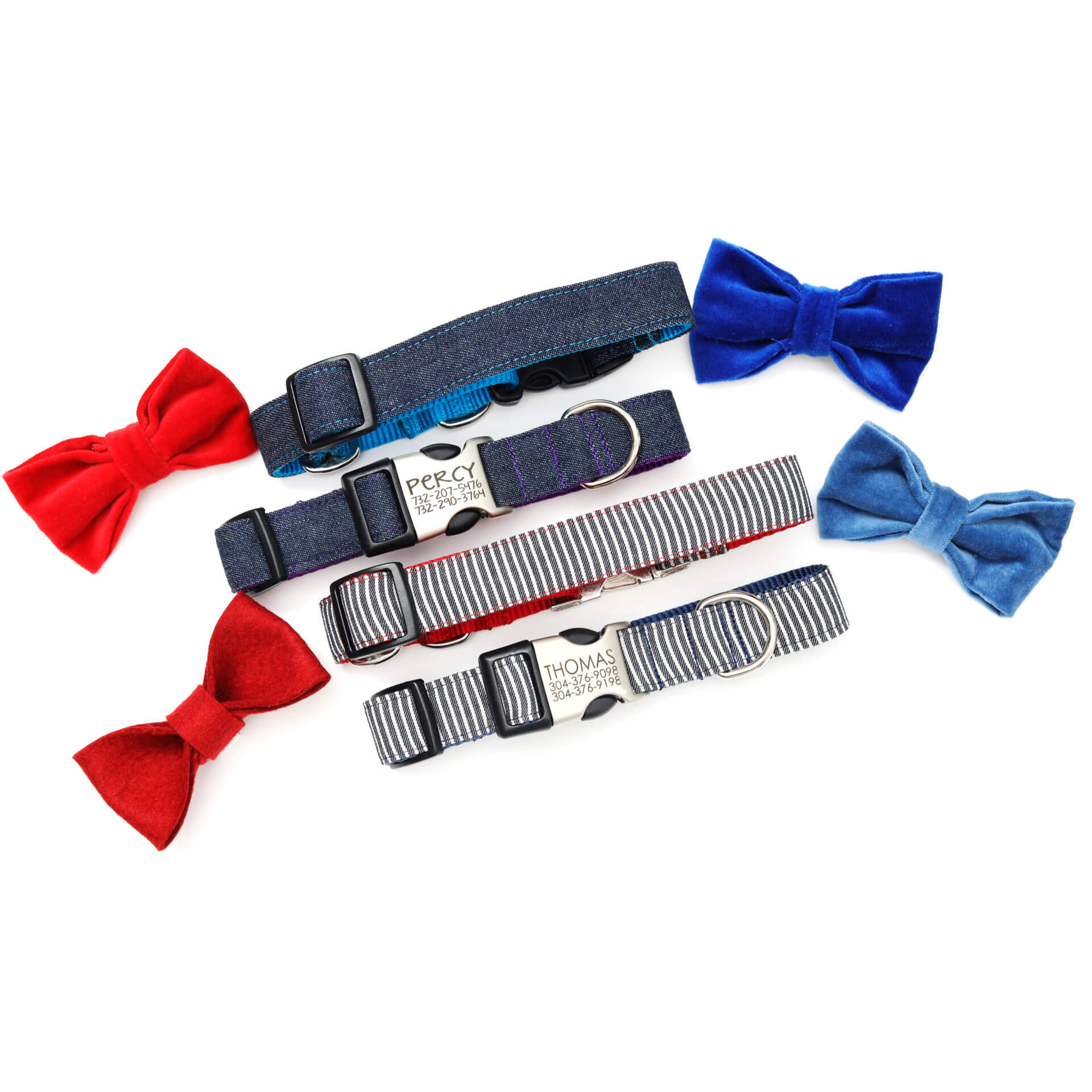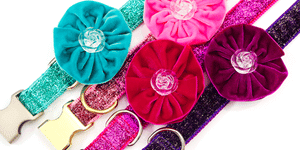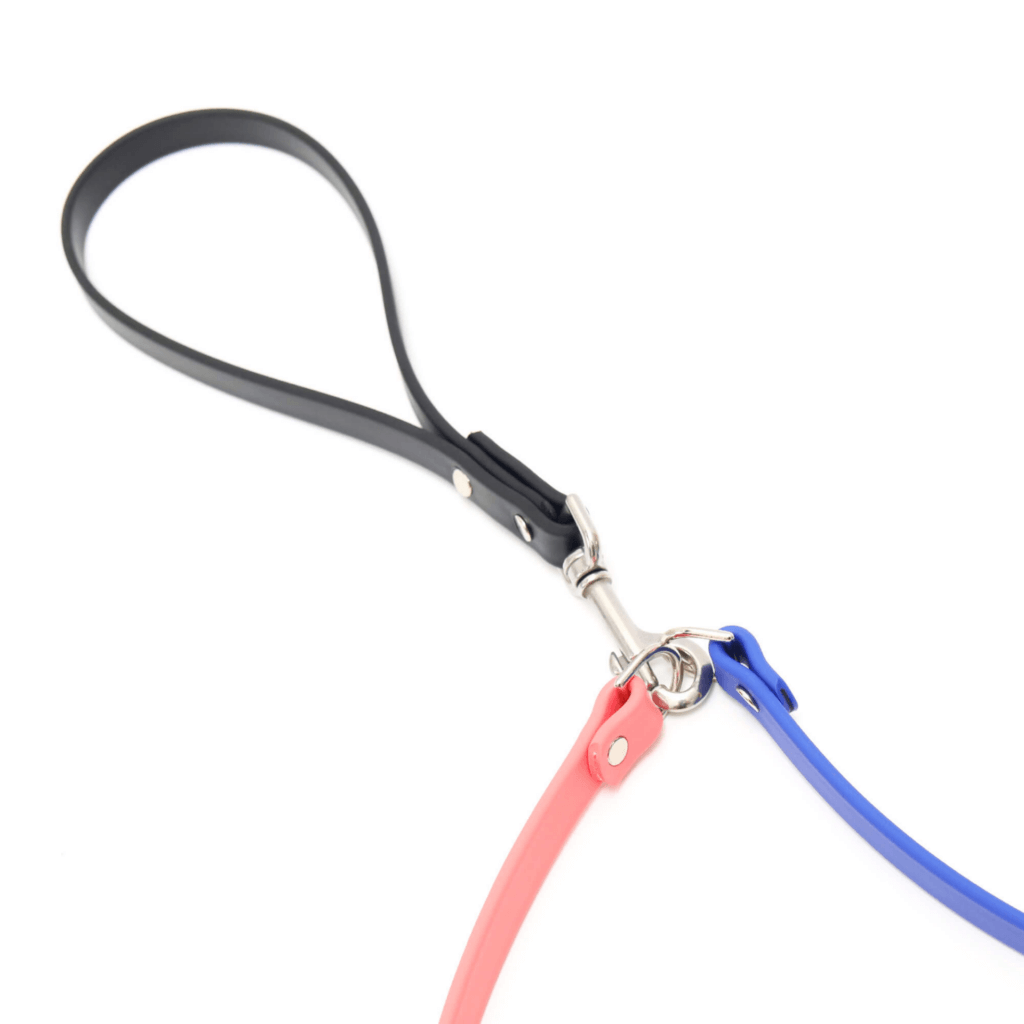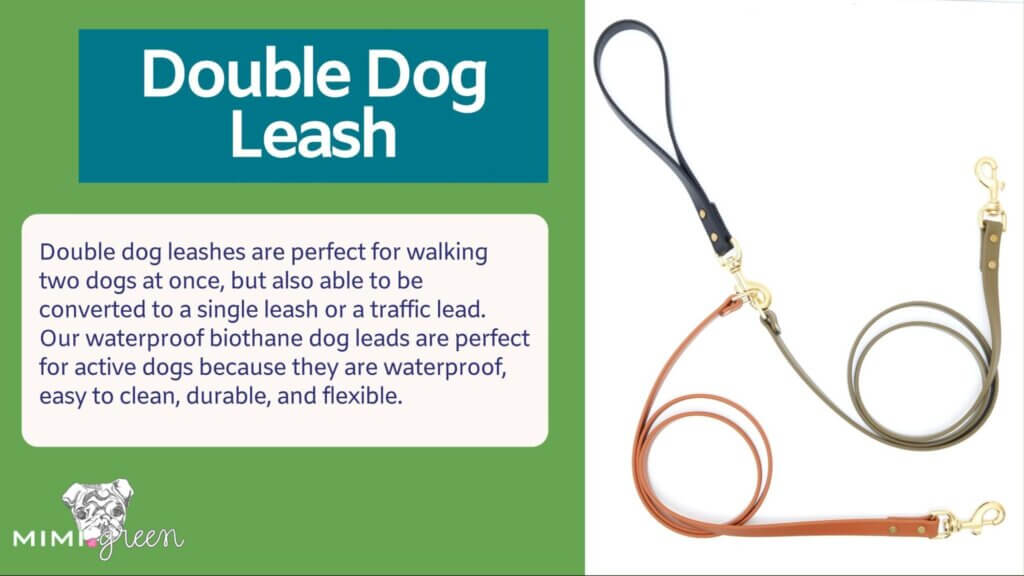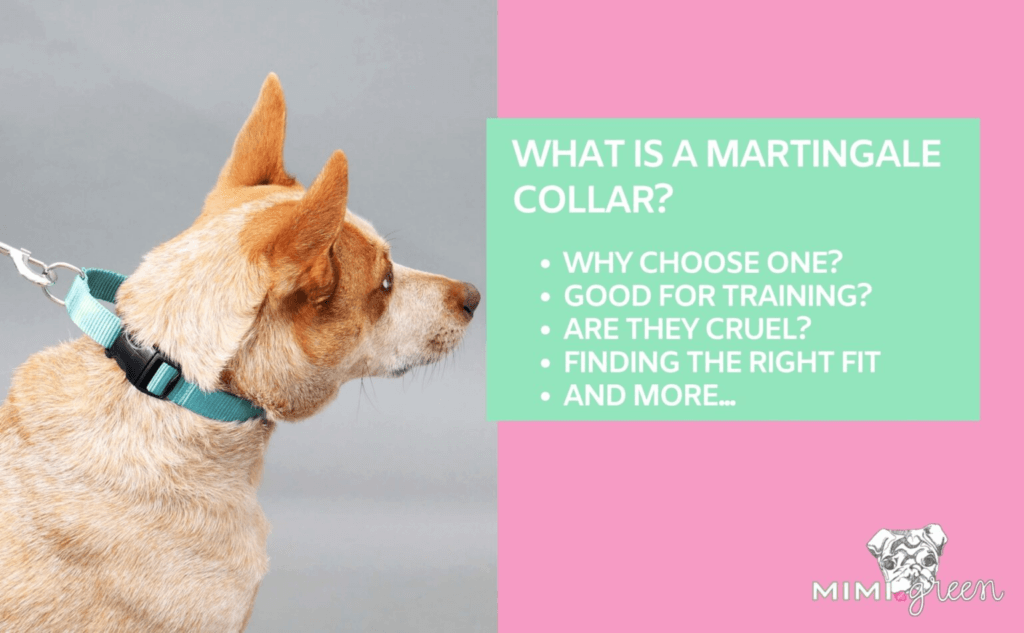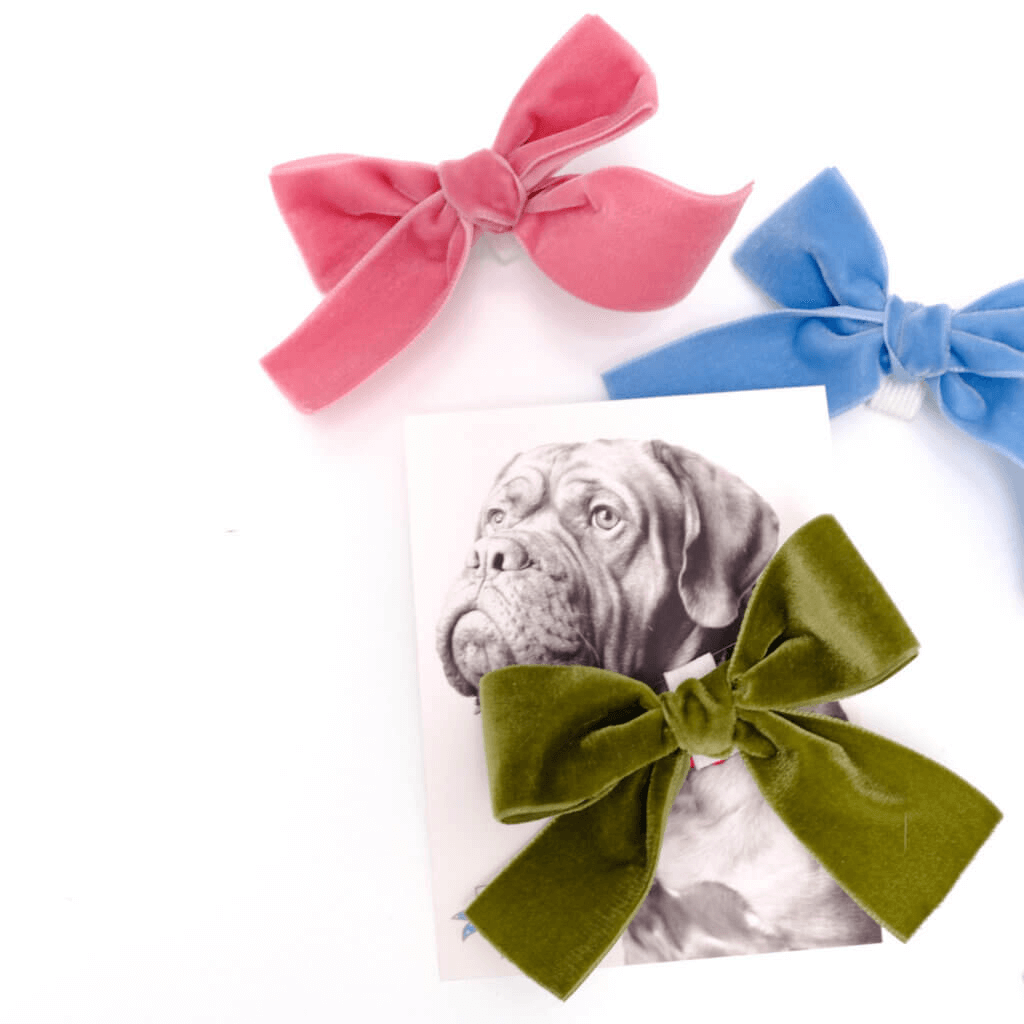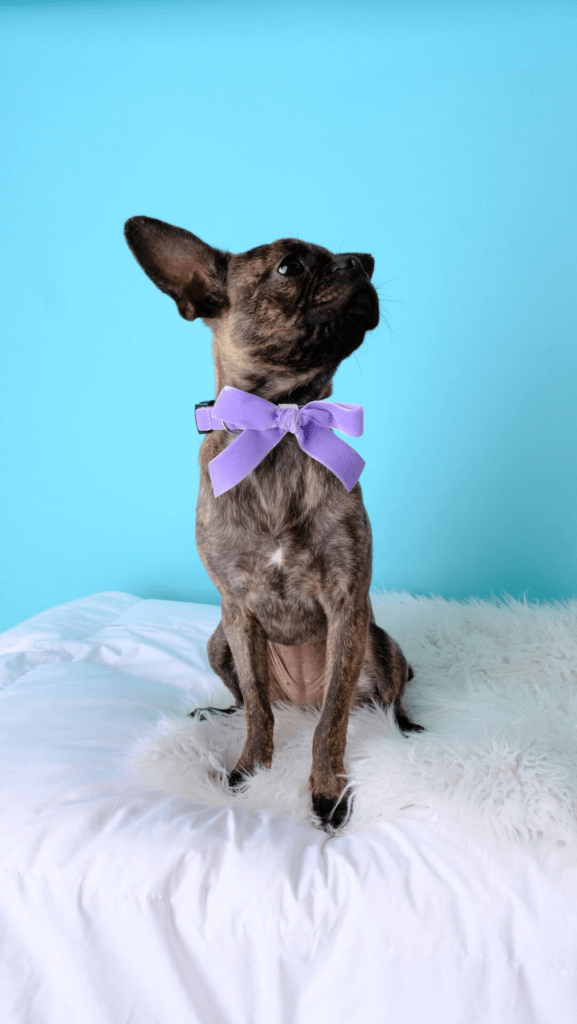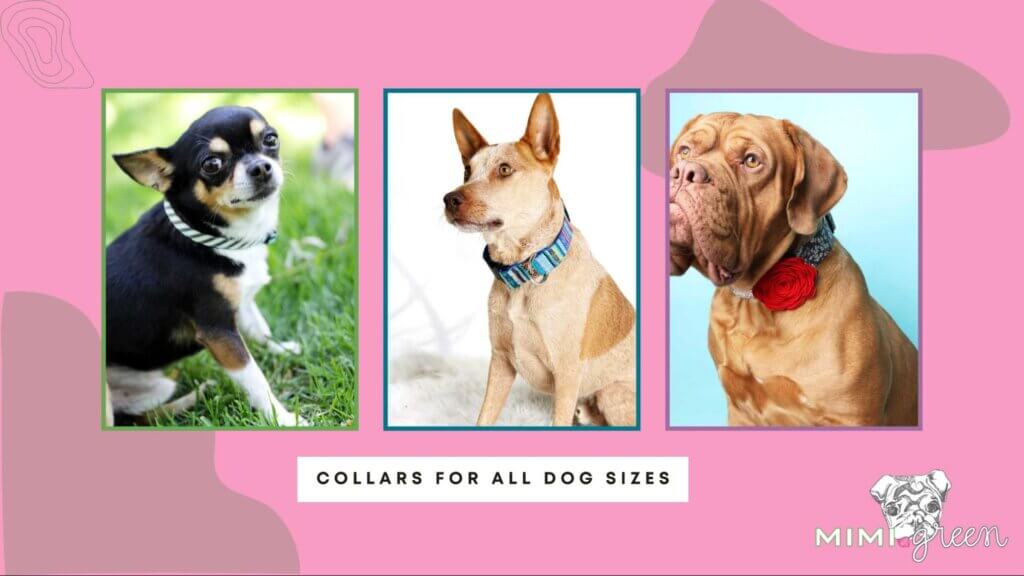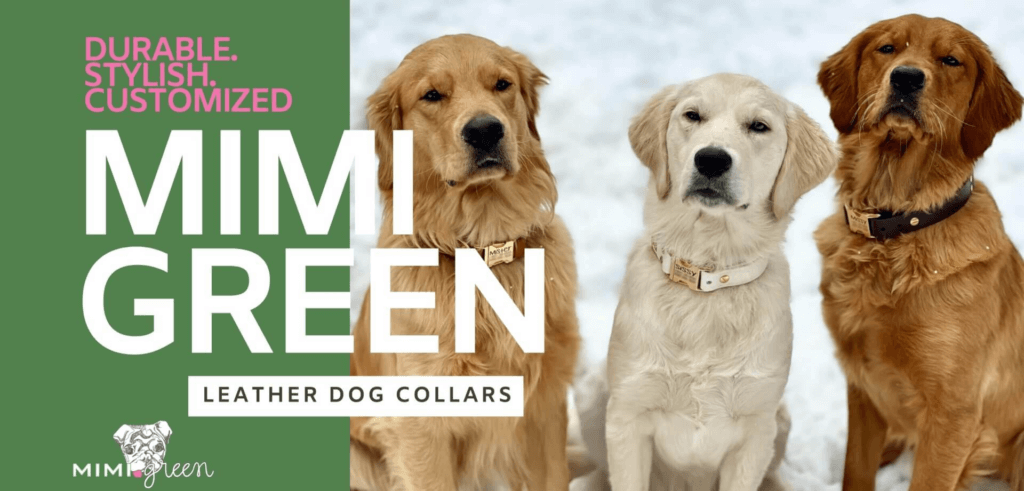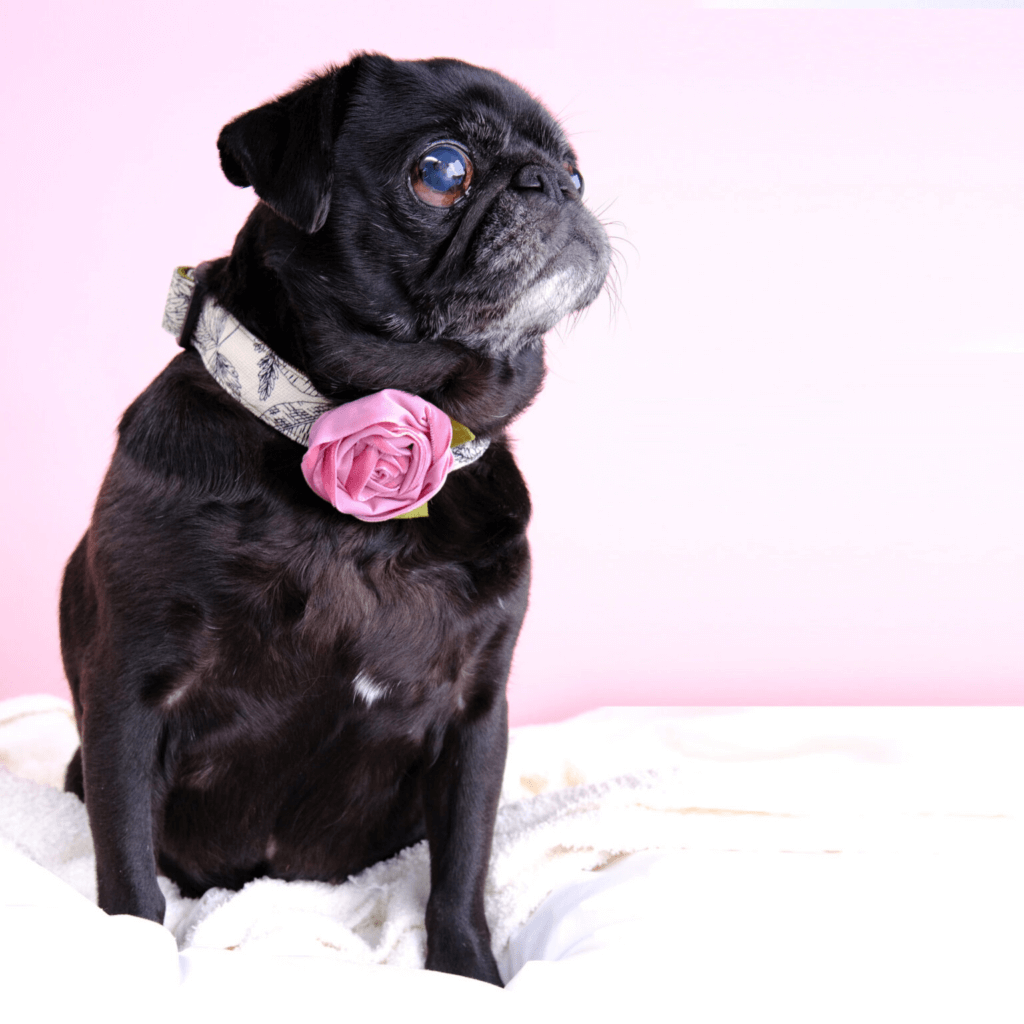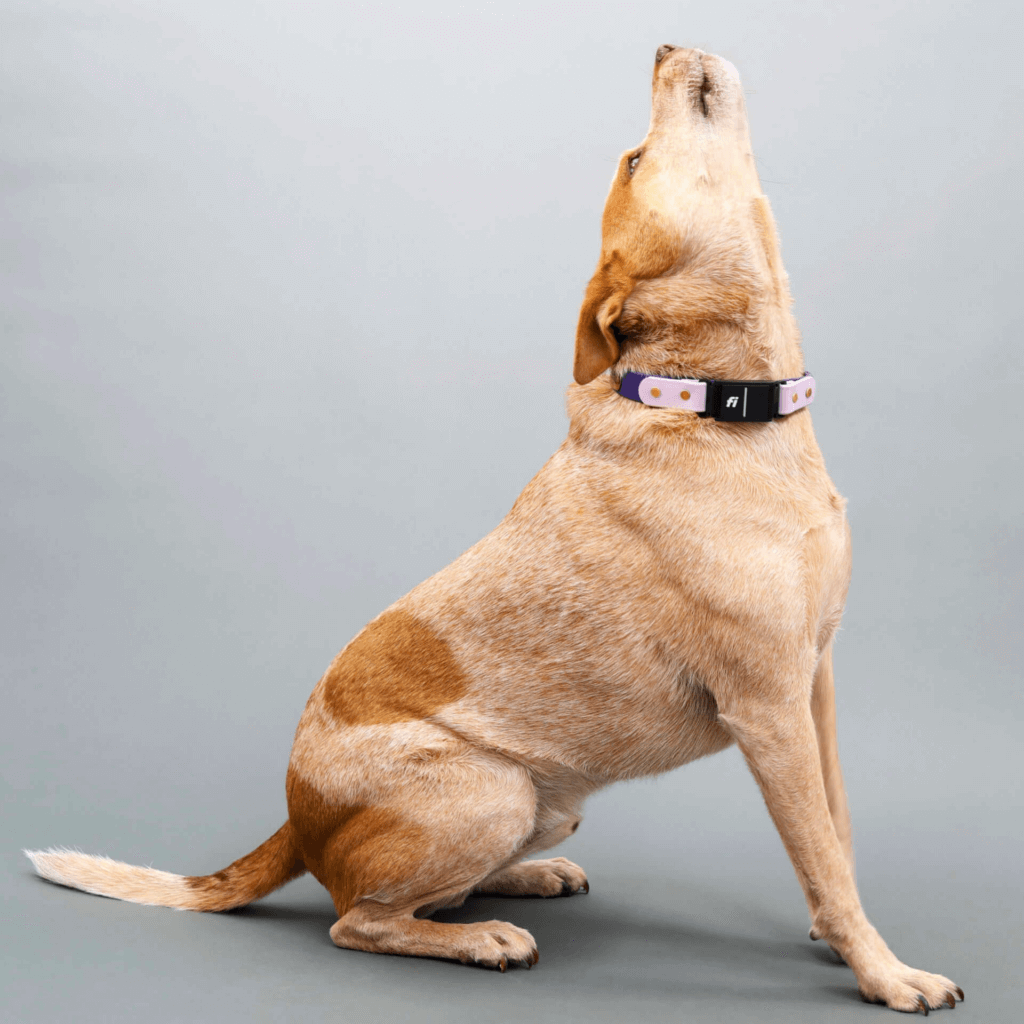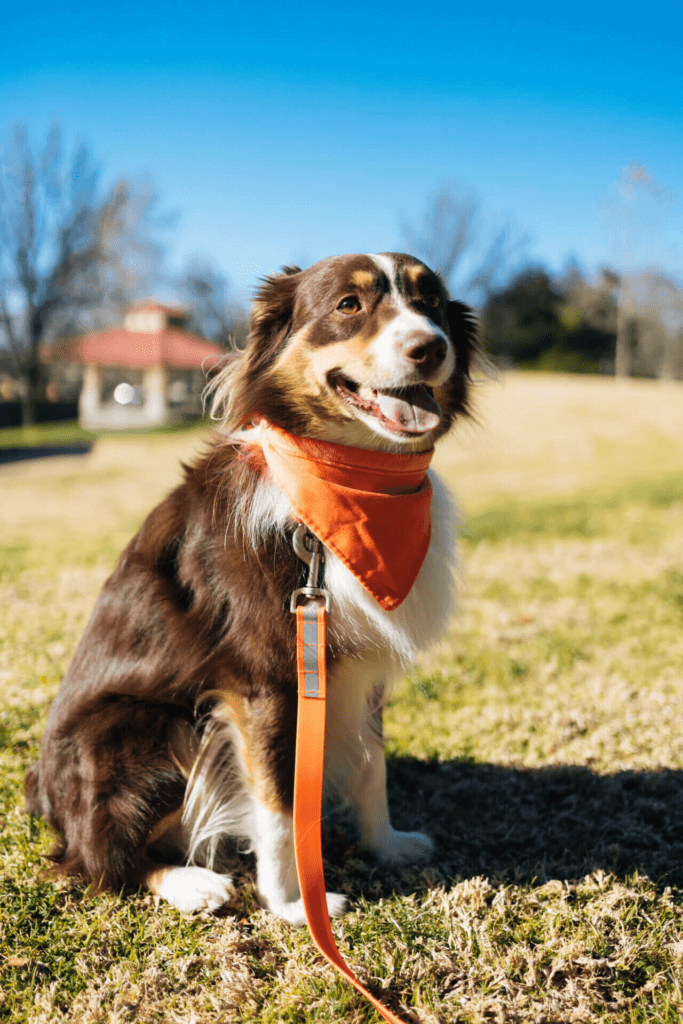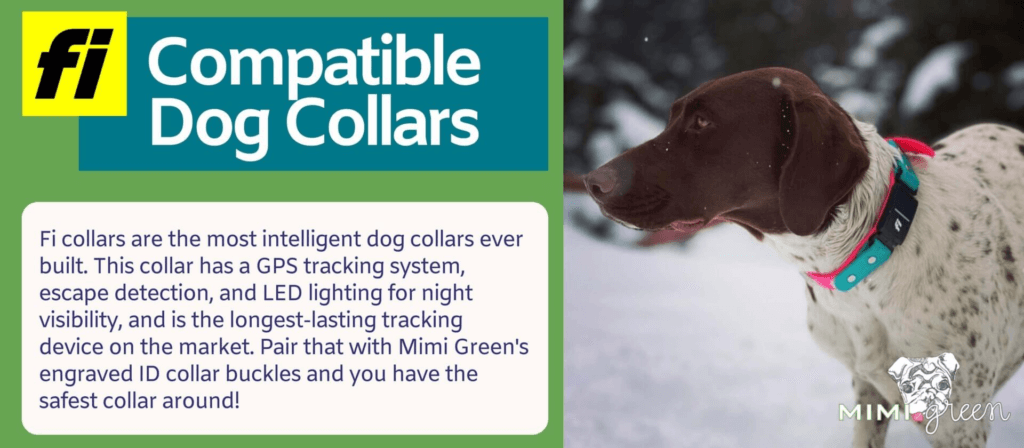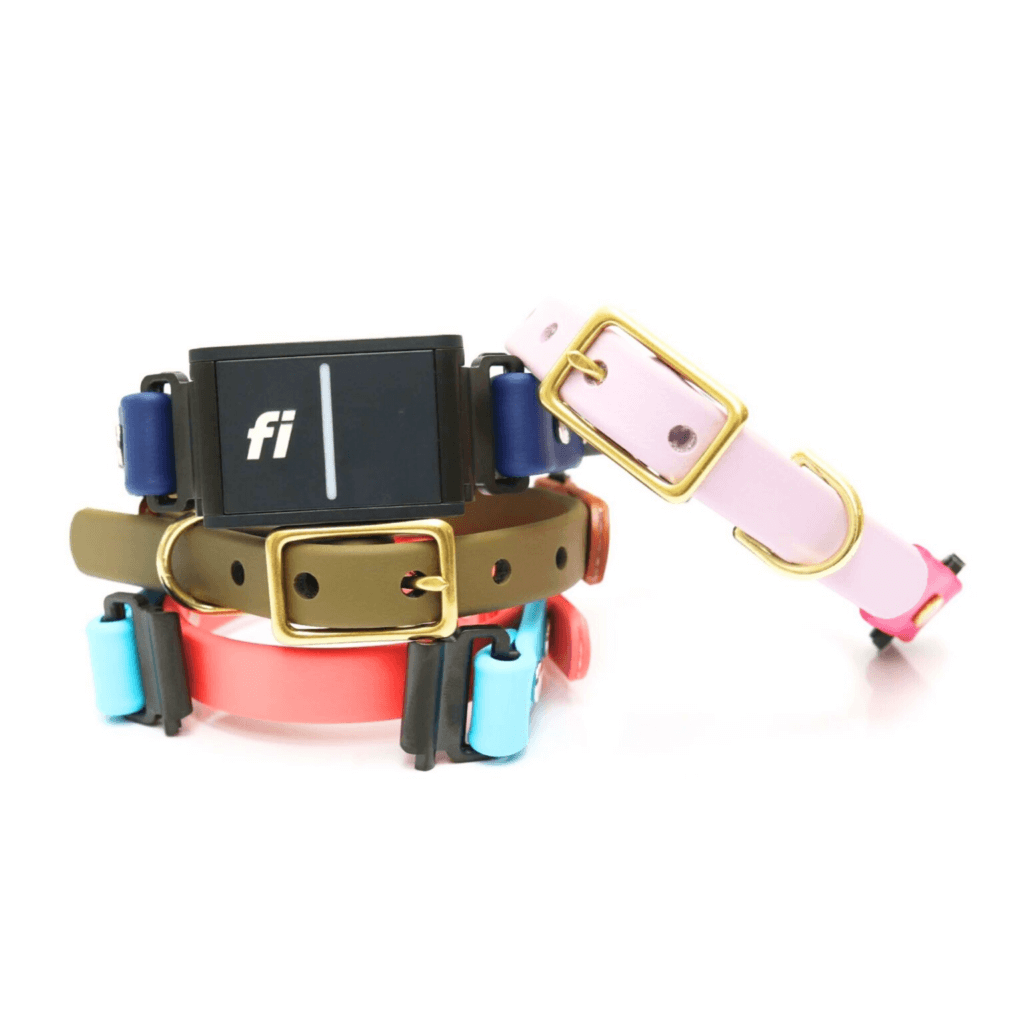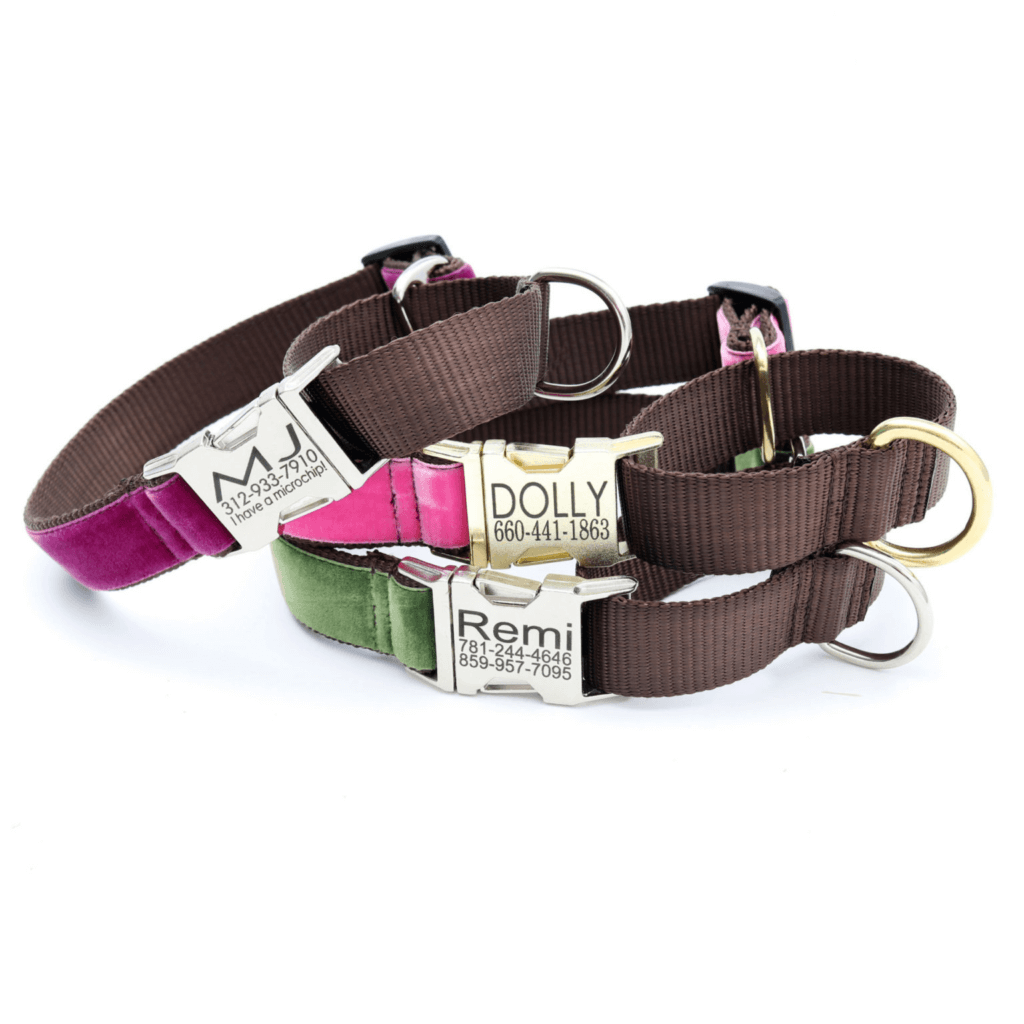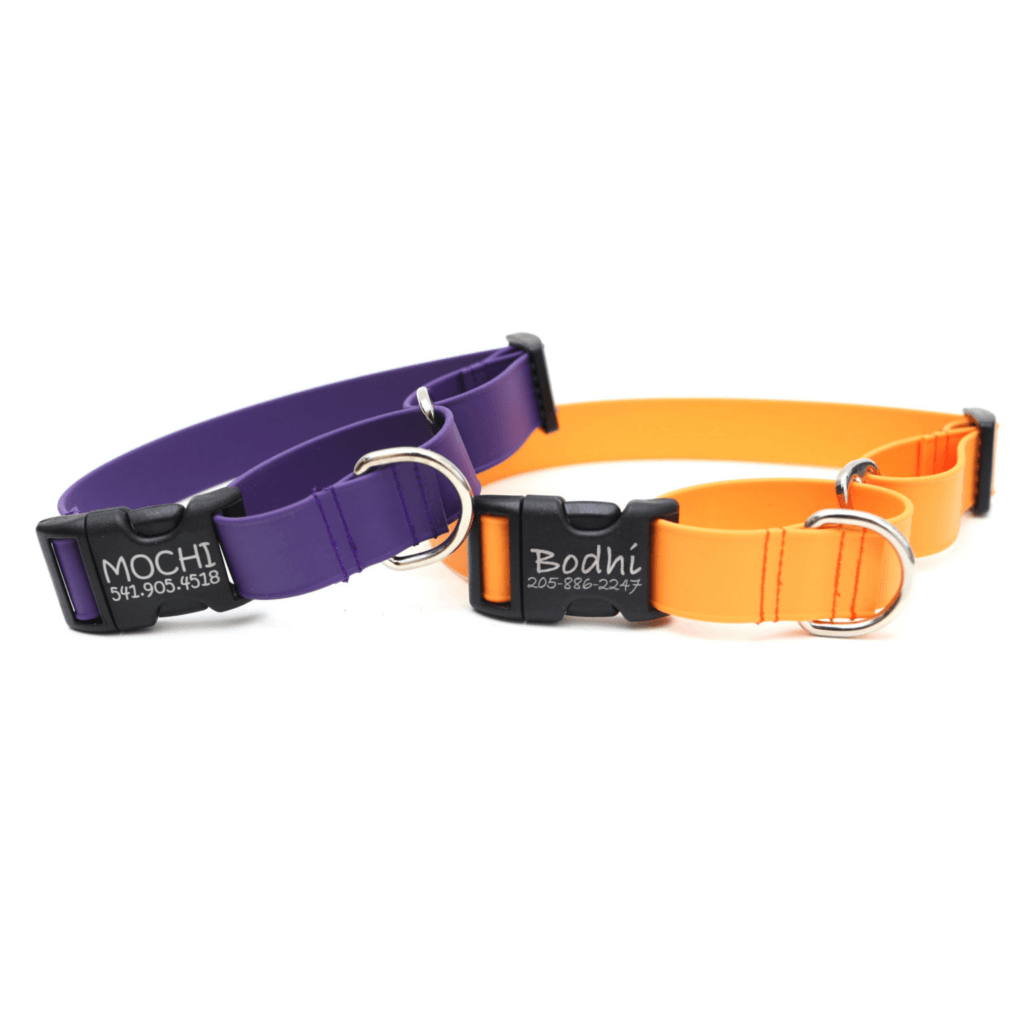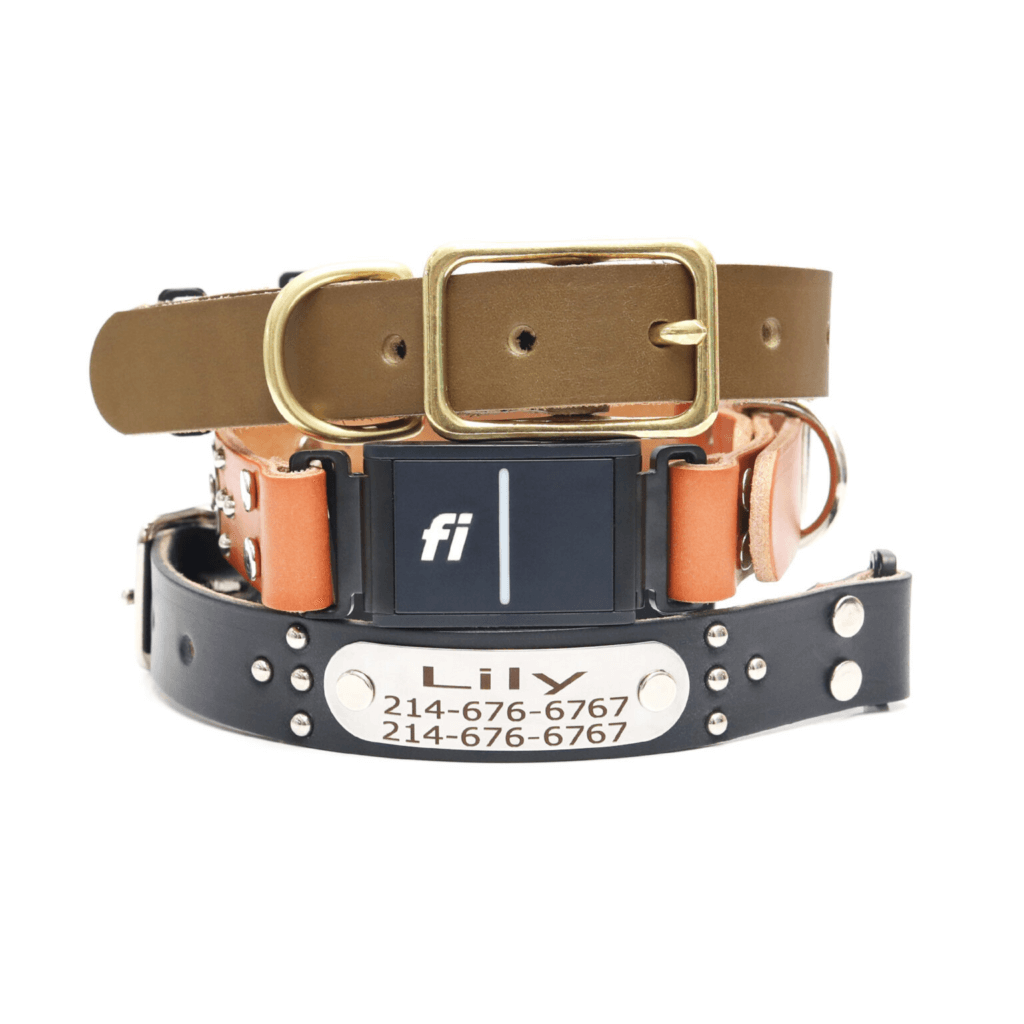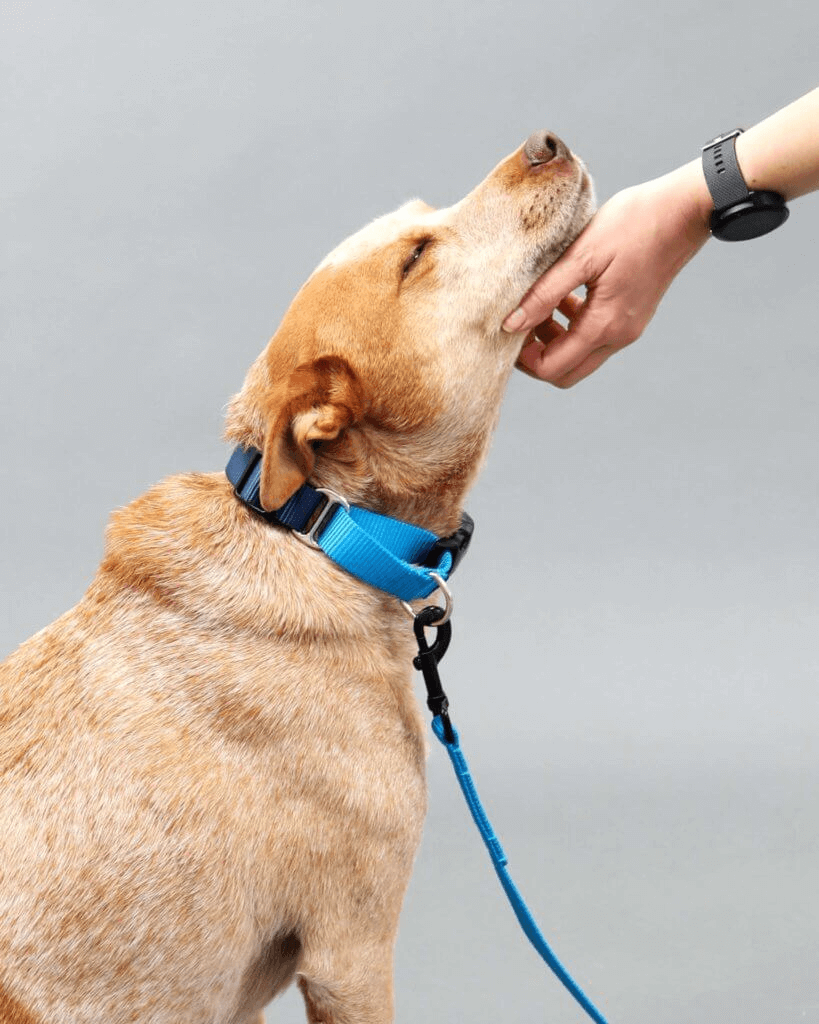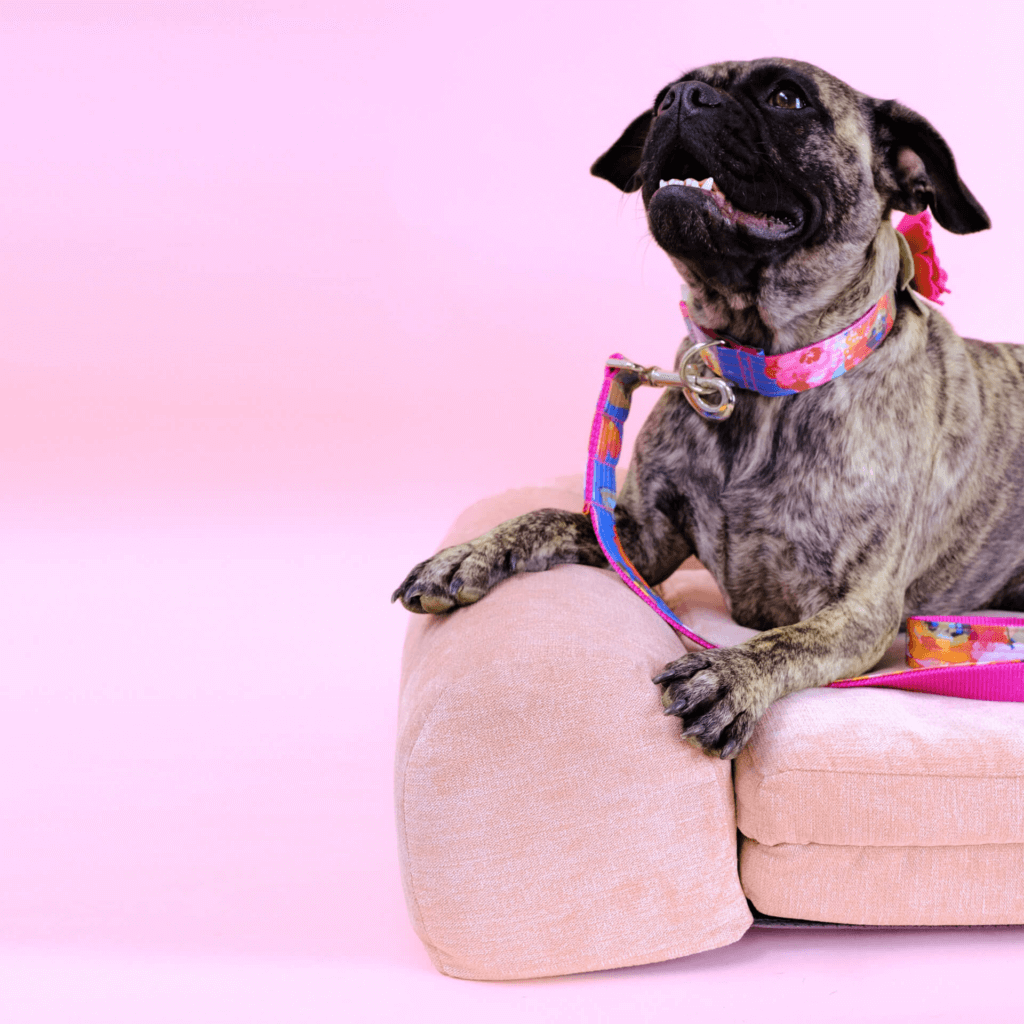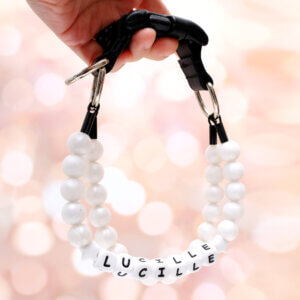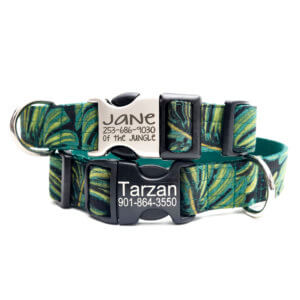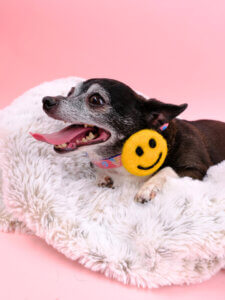Dogs back out of harnesses due to poor fit, fear, or high excitement. You can prevent escapes with the right style and fit. Features like sturdy nylon help, and of course, you can’t skip proper training. Reward calm behaviour and compliance with treats.
In this guide, we’ll walk you through:
- Why dogs back out of harnesses
- What you can do to prevent it
- How to choose gear that works for your unique pup
You’ll also find real solutions from dog parents who’ve been there, plus insight into how we stay secure, stylish, and dog-approved.
Ready to keep your pup safe on every walk? Let’s dig in.
Why Do Dogs Back Out of Their Harnesses?

When your dog slips out of their harness, it’s easy to blame the gear. But more often than not, the problem isn’t just the harness, it’s the fit, the context, and how your pup feels about wearing it.
It’s Not Just the Harness, It’s the Fit
Harness escapes usually start with looseness. A strap that looks “fine” at rest may slide or shift when your dog pulls forward, or worse, darts backward. This is especially common with:
- Dogs between sizes whose bodies don’t match standard patterns.
- Recently groomed pups with less coat volume.
- Growing puppies who outgrow sizing quickly without obvious cues.
What feels secure one week may be too loose the next. Fit isn’t a one-and-done check, it’s a routine, just like clipping nails or brushing fur.
Behavioral Triggers: Fear, Excitement, and Panic
Not every escape is mechanical. Sometimes, it’s emotional.
- Loud trucks, bikes, or sudden noise can spook a pup into reverse-wriggling.
- Squirrel sightings or high prey drive can spark lunges that pop harnesses loose.
- Rescue dogs with rough pasts may see the harness as a threat, not a walk-time reward.
Dogs aren’t being “bad” when they back out, they’re communicating discomfort, fear, or confusion. Understanding that gives us the power to fix it.
Poor Association With the Harness
The way a harness goes on matters. Shy or anxious pups often hate over-the-head styles. And when walks are rushed, no sniff time, no warm-up, the gear starts to feel like pressure, not pleasure.
At Mimi Green, we always suggest turning harness time into a ritual: treats, calm voices, short walks to start. When a dog connects the harness with safety and good vibes, they stop trying to escape it.
How to Stop Your Dog From Escaping a Harness
The good news? You don’t have to settle for nerve-wracking walks. By addressing harness design, fit, materials, and behavior, you can keep your pup safely by your side, without sacrificing comfort or style.
Step 1 – Choose the Right Harness Style for Your Pup
When it comes to escape artists, there’s no one-size-fits-all fix. In our opinion, there are really only two options (1) A Step-In-Harness or (2) an Easy-On Harness
Step-In Harness: Secure Fit for Wiggle-Prone Dogs

Our Step-In Harness is the OG—handmade for over 15 years and a customer favorite for good reason.
- Features a chest strap to prevent backing out
- Perfect for broad-chested dogs or dogs between sizes
- Buckle sits on your dog’s back—no neck fuss!
Easy-On Harness: Lightweight & Low-Bulk

Our Easy-On Harness is a newer style that simplifies gear-up time without skimping on style.
- Minimal coverage = ideal for sensitive skin or pups who hate bulk
- Adjustable with a back clip and optional buckle engraving
Other Styles We Don’t Recommend
- Front-clip harnesses: These are often used to curb pulling, but they tend to shift off-center and cause irritation, especially on short-haired dogs.
- Mesh harnesses: While lightweight, they’re often cheaply made and rarely made in the USA. We’ve tested similar versions, but the fit and durability never held up.
Pro Tip: Most harnesses on the market are mass-produced overseas. Ours are handmade right here in the USA, and they match our fabric collars, making them both secure and stylish.
Step 2 – Check and Adjust the Fit Every Week

Use this quick checklist every week:
- Two-finger rule: You should be able to slip two fingers snugly between the harness and your dog, no more, no less.
- Watch for strap movement: During walks, if it shifts side-to-side or slides up the neck, it’s too loose.
- Martingale collars: These tighten gently when pulled, making them hard to slip but soft on the neck.
- Fi-compatible harness: Try a Fi-compatible harness with a martingale for GPS + escape resistance.
Step 3 – Choose Comfortable Materials

Discomfort is a huge escape trigger. In order to avoid, look for materials like:
- Velvet: Cozy and gentle on fur.
- Cotton: Reduce pressure and rubbing.
- Waterproof Biothane: Durable yet flexible.
The right fabric matters. Learn more in our post on the best dog collar materials. The same rules apply for harnesses.
Step 4 – Use Training to Prevent Backing Out
Training is part of the safety system. Follow this list:
- Introduce slowly: Let them sniff it, touch it, and associate it with treats.
- Pair with positive moments: Always put on the harness before something good, like meals or walks.
- Practice calm entry/exit: No door dashes. Teach your dog to sit and wait before stepping out.
Escape-proof isn’t just about the gear, it’s about the behavior that goes with it.
Harness Hacks From Real Dog Owners
Sometimes the best tips come from people who’ve been there, chasing their dog down the street or watching a wriggly pup slip out mid-walk. These hacks are simple, smart, and save-the-day effective.
- Double up with a leash to both collar and harness. This creates a backup if one fails, and it gives you more control when it matters most.
- Use a martingale-style collar. These collars tighten gently when pressure is applied, preventing your dog from slipping backward.
- Treat every walk like training. Calm exits from the house, polite leash behavior, and “gear-up” routines build lasting good habits.
- Skip one-size-fits-all. Your dog is unique. Their harness should be, too. Adjustable gear that fits your pup’s shape makes all the difference.
When to Consider a New Harness
Even if you love your current harness, there comes a time to switch it up, especially if your dog’s safety is on the line.
It’s time for new gear if:
- Your dog has recently escaped, started chewing straps, or you’ve noticed shifting while walking.
- They’ve had a haircut or gained/lost weight, yes, that affects fit.
- You’ve adopted a new dog who doesn’t respond well to the current style.
A good harness doesn’t just “fit.” It supports behavior, safety, and comfort.
Mimi Green’s Escape-Safe Recommendations
We know one-size-fits-none. That’s why our harnesses are made-to-order, just for your dog’s size, shape, and vibe. We offer:
- Better materials: Choose from soft cotton, plush velvet, or waterproof Biothane that stays comfy and strong.
- Safety layering: Match your harness with one of our martingale collars or engraved ID buckles for backup protection.
- Guidance: Need help choosing? Our team is here for your questions. We offer real advice.
- Custom Size: Pup have a particularly large chest that doesn’t match their girth? We can help! We can custom fit our harnesses, even making the straps different sizes!
Harness escapes don’t have to be your norm. You don’t need to dread every walk or settle for gear that almost works. Whether you’re dealing with a nervous rescue, an energetic puppy, or a squirrel-obsessed explorer, there’s a better path forward.
Your dog deserves a harness that won’t quit. 👉 Explore Mimi Green’s harnesses today.

